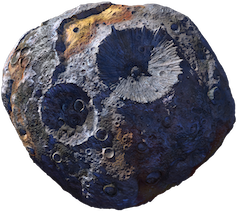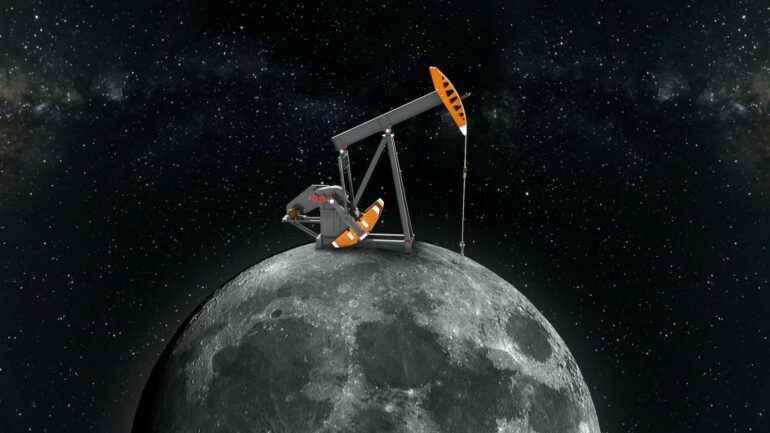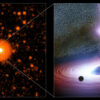The cars, cellphones, computers and televisions that people in the U.S. use every day require metals like copper, cobalt and platinum to build. Demand from the electronics industry for these metals is only rising, and companies are constantly searching for new places on Earth to mine them.
Scientists estimate that lots of these metals exist thousands of miles beneath Earth’s surface, in its molten core, but that’s far too deep and hot to mine. Instead, some companies hope to one day search for deposits that are literally out of this world — on asteroids.
The commercialization of asteroid mining is still a ways off, but in October 2023, NASA launched a scientific mission to explore the metal-rich asteroid Psyche. The main goal of the mission is studying the composition and structure of this asteroid, which could tell scientists more about Earth’s core since the two objects might have a similar makeup.
Both likely contain platinum, nickel, iron and possibly even gold – materials of commercial interest.
Experts need to know what’s out there on asteroids before considering whether they’re worth mining. NASA’s Psyche mission could answer some of these questions.
I am a planetary geologist whose work explores other planets and astronomical objects like Mars, Venus and the Moon. I will be following the Psyche mission closely, as this is the first time that scientists will be able to learn about the composition and structure of a possible piece of a planetary core similar to the Earth’s, without indirect seismic or magnetic measurements, or replicating the pressure and temperature conditions of the Earth’s core in our labs.
With the spacecraft estimated to arrive at the asteroid’s orbit in 2029, the findings from the Psyche mission will provide unique insights into the type of metals present on the asteroid’s surface, as well as their amount, and the minerals containing these metals. This data is essential both for scientists like me exploring the formation and evolution planetary bodies, as well as for companies investigating the possibility of asteroid mining.
Asteroid formation
Asteroids come in a variety of sizes. Some are the size of a town, while others are the size of a state. Most asteroids are made of rocks and represent the leftovers from the early formation of our solar system around 4.6 billion years ago.

The Psyche asteroid.
NASA/JPL-Caltech/ASU
Not every asteroid is the same – some, like Bennu, the target of NASA’s OSIRIS-REx mission, are rich in carbon. These are very old, and they will teach scientists more about how planets formed and how life may have begun on Earth.
Others, like Psyche, are made of metals and potentially result from one or more collisions between astronomical objects when the solar system was forming. These collisions left debris flying through space — including…



